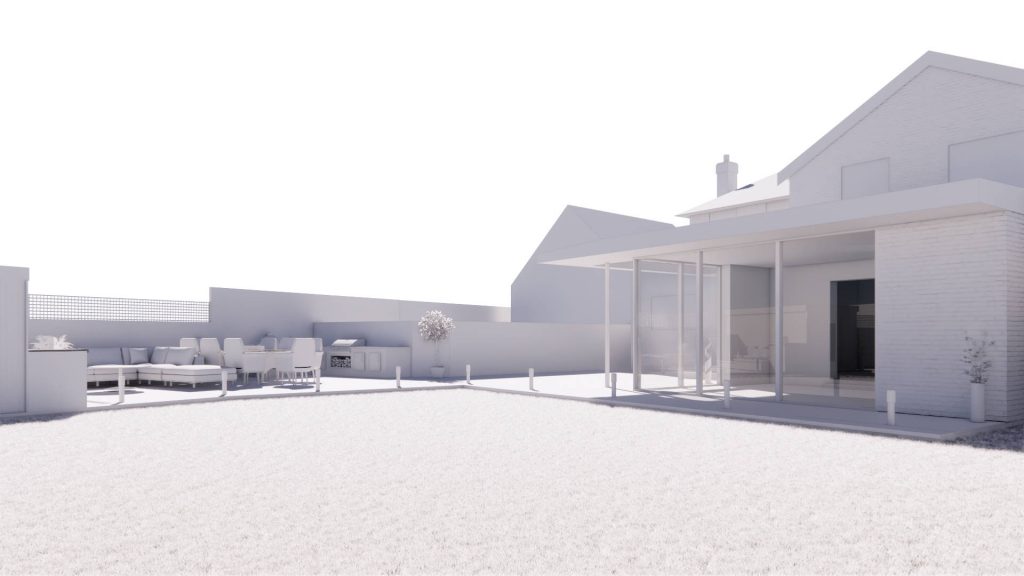Understanding the Importance of Shadow Placement in Architectural and Interior Design
In the world of architecture and interior design, mastering the play of light and shadow is akin to wielding a painter’s brush on a canvas. Shadows, often overlooked in their significance, hold immense power in shaping the ambiance, functionality, and aesthetic appeal of any space, whether it’s a cozy living room, a sprawling garden, or an entire architectural marvel.
Harnessing Natural Light
Natural light is a cornerstone of architectural design. It not only illuminates spaces but also creates dynamic interplays of light and shadow throughout the day. Understanding the trajectory of sunlight and where shadows fall at different times is crucial for positioning windows, skylights, and openings. For instance, in temperate climates, maximizing southern exposure can help naturally heat spaces in winter while providing ample light.
Shaping Outdoor Spaces
In garden design, shadows are pivotal. They dictate where plants thrive, influence seating arrangements, and define the mood of outdoor areas. Trees and structures strategically placed can cast cooling shadows in hot climates or create inviting pockets of light for evening gatherings. Moreover, understanding seasonal variations in shadow patterns allows designers to plan for year-round usability and beauty.
Enhancing Interior Comfort
Inside buildings, shadows are more than aesthetic flourishes; they affect comfort and functionality. Overhangs and louvers can block harsh summer sun while allowing warming winter light to penetrate deep into a room. In offices and homes, strategically placed lighting fixtures can mimic natural light patterns, reducing energy consumption while enhancing occupants’ well-being.
Aesthetic and Emotional Impact
The aesthetic appeal of shadows cannot be overstated. In modern architecture, the interplay of light and shadow often defines a building’s character. From the stark, angular shadows cast by minimalist structures to the soft, dappled light filtering through trellises onto garden paths, these nuances evoke emotional responses and enhance the overall design narrative.
Practical Considerations
Practicality also plays a significant role. In commercial spaces, understanding where shadows fall helps in optimizing visibility, reducing glare, and creating pleasant environments for employees and customers alike. In residential settings, knowing shadow patterns aids in choosing the right spots for relaxation, play, and even gardening.
Conclusion
In conclusion, the placement and management of shadows are not just technical details but integral aspects of thoughtful design. They influence how spaces are experienced, interacted with, and enjoyed throughout the day and across seasons. By harnessing the power of shadows, architects and designers can create spaces that are not only functional and sustainable but also imbued with a captivating interplay of light—a testament to the artistry and science of architectural and interior design.
Understanding shadows’ role in design is not merely about aesthetics but about creating spaces that harmonize with their environment, enhance well-being, and inspire those who inhabit them. By embracing shadows as a vital design element, we enrich our built environment with spaces that are both beautiful and purposeful.

